The Women In Art Prize is proud to announce that The Paula Rego Estate (@paularegostudio) will be supporting The Women In Art Prize
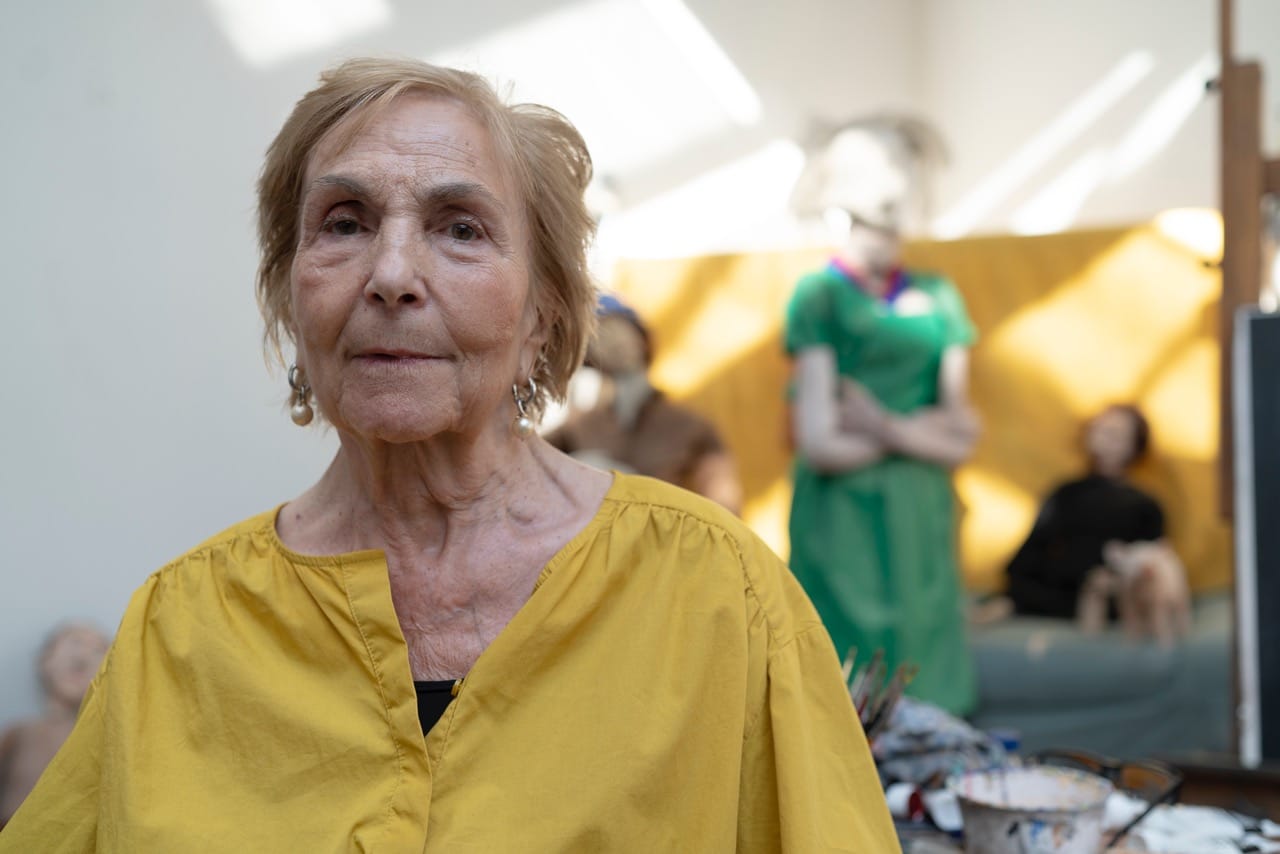
Paula Rego was a prominent Portuguese-British artist known for her powerful and provocative paintings and pastels that often explored themes of gender, identity, and the complexities of human relationships.
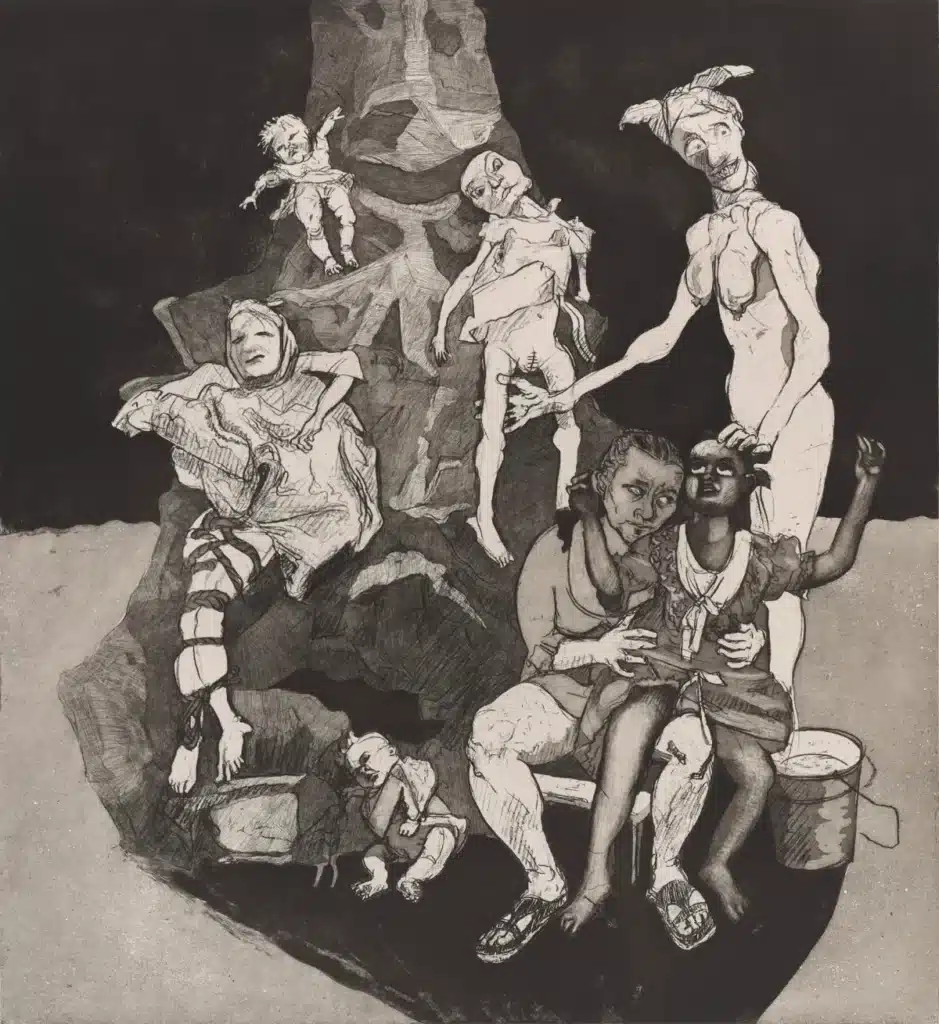
Born on January 26, 1935, in Lisbon, Portugal, Rego’s early life was shaped by the political turmoil of her homeland, particularly during the authoritarian regime of Estado Novo. This context not only influenced her artistic development but also informed the deeply personal and often politically charged narratives present in her work.
Rego’s artistic journey began in earnest when she moved to the UK in 1952. She initially attended The Grove School in Sevenoaks, England, where she developed her artistic skills in a supportive environment that nurtured her creativity. After her time at The Grove School, she went on to study at the Slade School of Fine Art in London. Paula once famously said that the proudest moment in her life was winning the summer prize at the Slade School of Art in 1953.This was something that hugely helped her gain confidence and belief in herself as an artist. It is in that spirit that the Estate of Paula Rego would like honour the @womeninartprize_ 2025 prize in her name.
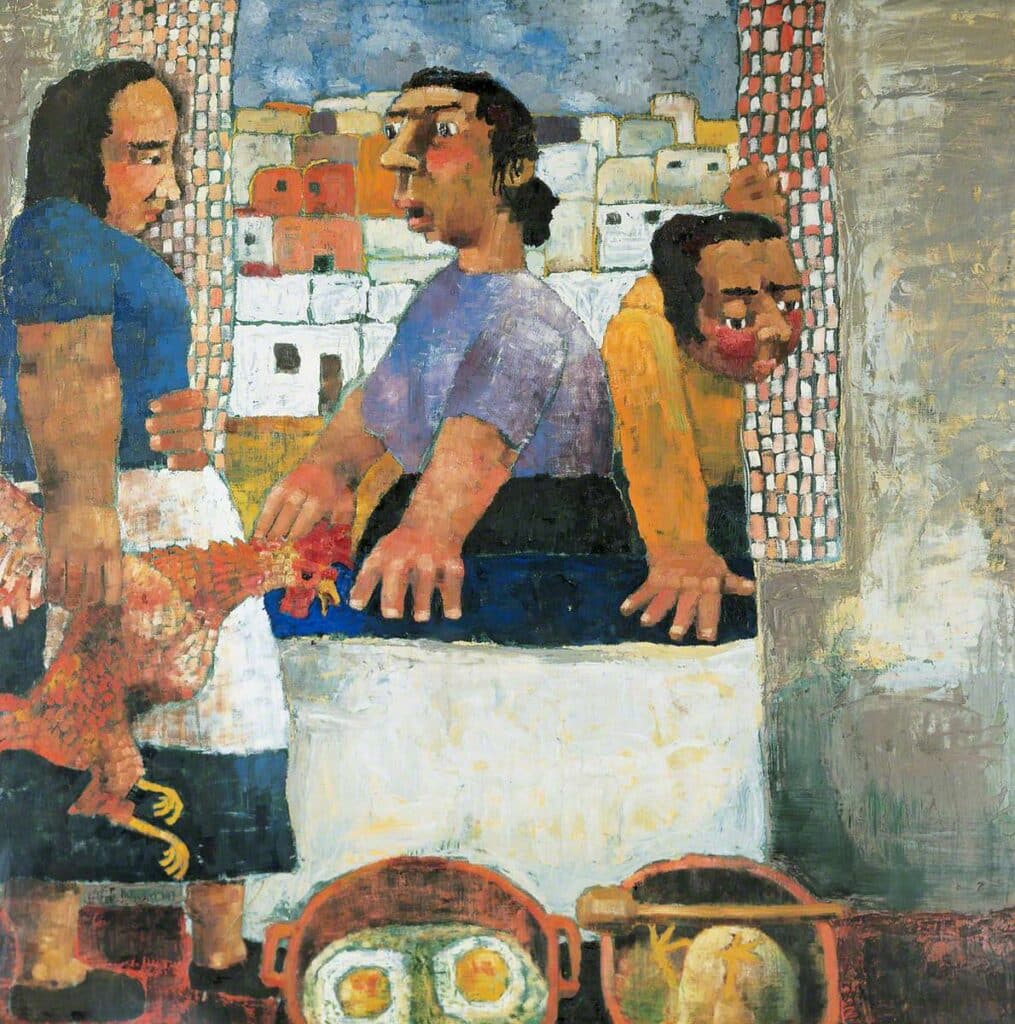
It was here that she encountered the vibrant art scene of the post-war period, which exposed her to a range of artistic movements, including surrealism and expressionism. The influence of these movements is evident in her work, characterized by a distinctive blend of figuration and abstraction, as well as a bold use of colour and form. Throughout her career, Rego developed a unique visual language that combined elements of storytelling, symbolism, and personal experience, ultimately creating a body of work that is both visually striking and intellectually engaging.
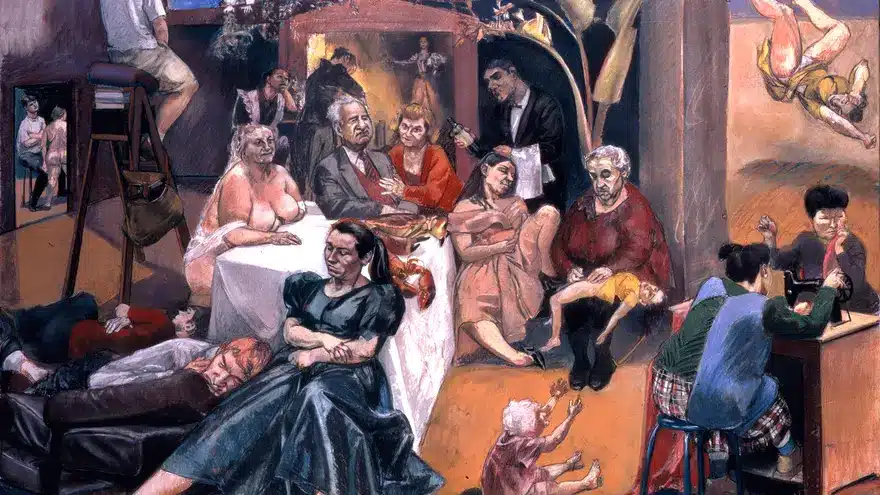
Throughout her life, Paula Rego supported other artists with encouragement, gifts, visits to her studio and occasional grants. Particularly young female artists because she understood how much more difficult it was for them.
One of the defining features of Rego’s work is her exploration of female identity and sexuality. She often drew inspiration from folklore, fairy tales, and literature, reinterpreting these narratives to reflect the complexities of women’s experiences. For instance, her series of works based on the story of Little Red Riding Hood presented a darker, more nuanced version of the tale, challenging traditional portrayals of innocence and vulnerability. In Rego’s hands, the iconic character became a symbol of empowerment and resistance, confronting the predatory figures that lurked in the shadows. This reimagining of familiar narratives allows Rego to critique societal norms and expectations surrounding femininity, ultimately offering a more nuanced and multifaceted understanding of women’s lives.
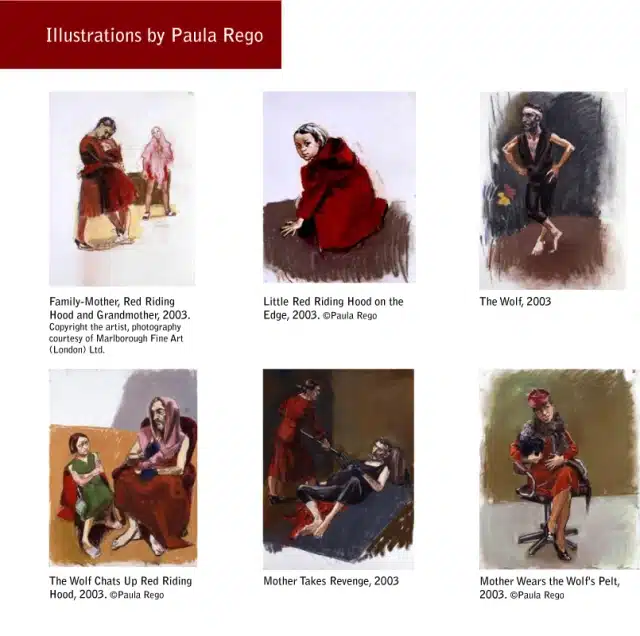
Rego’s artistic practice also reflects her deep engagement with personal and collective memory. Many of her works draw from her own experiences, including her childhood in Portugal, her relationship with her family, and her struggles as a woman navigating a male-dominated art world. Her ability to weave personal narratives into broader social and political contexts lends her work a sense of authenticity and emotional depth. This is particularly evident in her series of works depicting the lives of women in her family, which serve as both a tribute to their resilience and a critique of the societal constraints they faced.
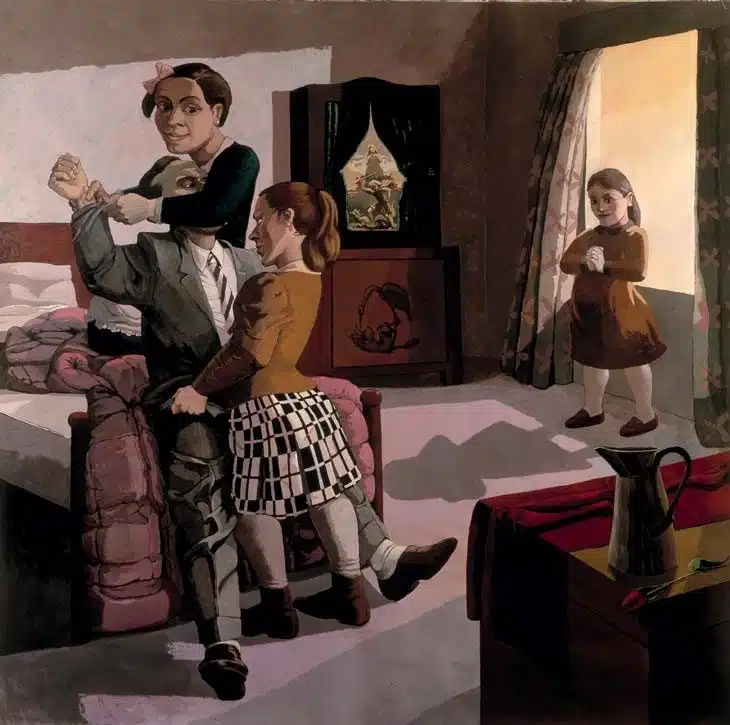
In addition to her exploration of gender and identity, Rego’s work often addresses themes of power and oppression. Her paintings and pastels frequently depict scenes of conflict, violence, and struggle, reflecting the broader social and political issues of her time. For instance, her series on the theme of abortion, created during a period when it was illegal in Portugal, highlights the personal and societal ramifications of reproductive rights and women’s autonomy. Through these works, Rego confronts the viewer with uncomfortable truths, challenging them to engage with the complexities of social justice and individual agency.
Rego’s distinctive style and thematic concerns have garnered her international acclaim, leading to numerous exhibitions and accolades throughout her career. Her works are held in prestigious collections, including the Tate, the British Museum, and the Museum of Modern Art in New York. In 2009, she became the first woman to be elected to the Royal Academy of Arts in London, a testament to her significant contributions to contemporary art.
In conclusion, Paula Rego’s work stands as a powerful testament to the complexities of human experience, particularly in relation to gender, identity, and social justice. Her ability to weave personal narratives with broader societal themes has created a rich and dynamic body of work that continues to resonate with audiences today. Through her provocative imagery and bold storytelling, Rego has not only challenged traditional representations of women but has also carved out a unique space for herself within the art world. Her legacy is one of resilience, empowerment, and a commitment to addressing the pressing issues of her time, ensuring that her voice remains a vital part of contemporary art discourse.
We look forward to seeing the no doubt wonderful artwork winner of The Paula Rego Painting Prize
